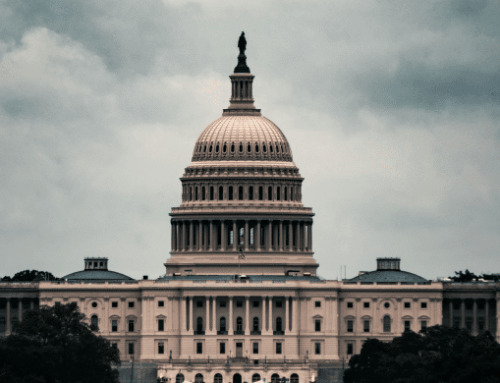The Senate Armed Services Committee has finished its work on the fiscal year 2015 National Defense Authorization Act that sets policy for the Department of Defense (DOD). The bill authorizes $514 billion for the Pentagon and the national security programs at the Department of Energy. And although the Pentagon requested an additional $79.4 billion for undescribed expenditures in so-called “Overseas Contingency Operations ” (OCO) in Afghanistan, the short-term good news for the taxpayer is the committee didn’t include any authority to spend money for this account.
At Taxpayers for Common Sense we talk a lot about the irony of how the OCO account continues to thrive even though the U.S. is out of Iraq and has a much reduced military presence in Afghanistan. Add to that the fact the Pentagon could not provide Congress with a single detail in support of this enormous request, and you see why we keep talking about it. Could it be the OCO account is really just a gimmicky “slush fund” that is technically off-budget so it does not count against the caps under the Budget Control Act of 2011, or December’s Bipartisan Budget Agreement that set spending levels for FY2015? We think so. And while we know this is only a short-lived victory, we’ll take our victories where we can get them. Once the Administration gets the Committee details on exactly how it wants to spend the OCO money, we’re sure the Senate will amend the bill, but we have to hope it will be done responsibly.
One positive sign is language in the bill requiring the Secretary of Defense to transition money from the contingency budget to the “base” budget – but only for the Special Operations Command. We would like to see legislation, like the amendment from Rep. Mick Mulvaney (R-SC) and Rep. Patrick Murphy (D-FL) the House adopted, which codifies the criteria developed by the Office of Management and Budget (OMB) in 2010 for which military spending should be designated as part of the Overseas Contingency Operation budget. There are legitimate reasons to have an OCO budget to deal with unforeseen crises like the Disaster Relief Fund does for disasters, but historically the OCO account has been far smaller than in the last several years, typically in the range of $2-3 billion.
On the down side of responsible budgeting, the Senate committee also established a “National Sea-based Deterrence Fund,” taking the replacement of the OHIO class submarine program (currently estimated at $4.9 billion each) out of the Navy’s budget and, apparently, make it a “national asset” paid for out of some generic pot of DOD funds. This is at least the third time the Navy has attempted this budget gimmick for developing a new submarine in the last 50 years. The last two times either Congress or the Secretary of Defense said no. But this time submarine boosters in both the House and Senate Armed Services Committees won out.
We hope the Appropriations Committees (the committees that can actually write checks against the Treasury) reject this gimmick again. This is really just Congress’ weak attempt to sidestep the cold truth that it no longer works for each of the military departments (Army, Navy/Marine Corps, Air Force) to receive roughly one-third of the “total obligational authority” for the development and purchase of weapons. No one wants to admit this old formula never made sense, except for placating bureaucratic infighting. If Congress agrees to this for submarine development, watch for more attempts to make things like intercontinental ballistic missiles and long range strike bombers “national assets.”
Another reason for this increasing reliance on budget gimmicks is to avoid another painful truth: given the ever increasing portion of the Pentagon budget that is eaten up by personnel costs, the funds available to actually develop and buy weapon systems are being squeezed. The Senate committee did go along with the Pentagon’s request to cap the pay raise for military service members at 1 percent and freeze the pay of generals and admirals. It also reinstated a previous cap on the retired pay of generals and admirals, but “grandfathered” in some of those officers. But, unfortunately, the administration’s attempts at modest reforms to “TRICARE for Life” were rejected (it is worth noting, that not a single beneficiary of “TRICARE for Life” started serving after the program was put in to effect, so there is no “broken promise” here.) And so was an attempt to gradually reduce the subsidy to military commissaries and bring them more in line with how base exchanges are run.
It’s hard to believe Congress and the Pentagon can’t reach agreement on normal budget practices with the roughly $600 billion the Administration requested in FY15. Instead, we get a slush fund to pay for our operations overseas, a conveniently fictional fund to develop the next submarine, and a refusal to address benefit reform.










